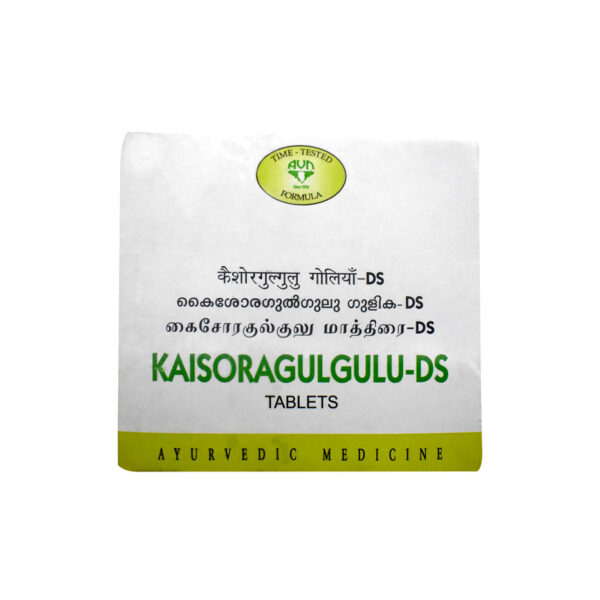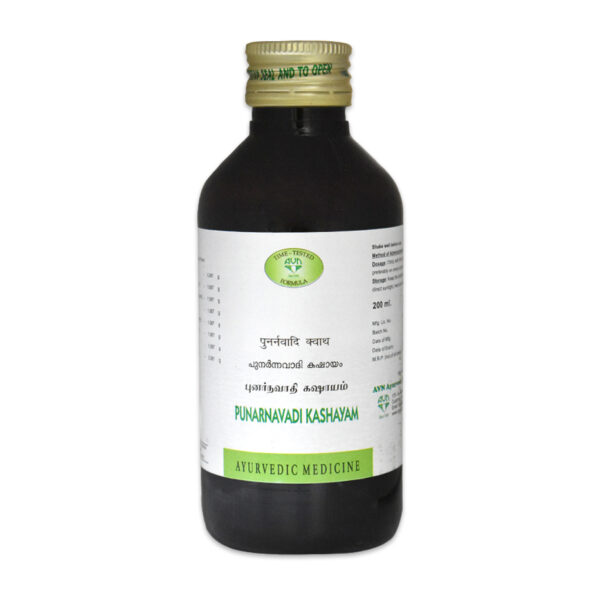Ayurvedic Medicine for Uric Acid
Uric acid is a typical waste product of the human body. Purines are the natural substances found in the body. Uric acid forms during the breakdown of purines. Purines are found in many foods, including liver, shellfish, dry beans, alcohol, etc.
Our body gets rid of uric acid through urination or having a bowel movement. But too much uric acid cannot be excreted, and contacts build up in the blood. It results in the formation of crystals of uric acid that accumulate in joints and get inflamed, leading to Gout and also may lead to kidney stones.
Causes of High Uric Acid Levels
- Intake of a purine-rich diet
- Diuretics
- Red meat
- Too much alcohol consumption
- Genetics
- Drinking too much soda
- Overeating of food contains fructose
- Hypertension
- Kidney problems
- Obesity
- Immune-suppressing drugs
- Tumour lysis syndrome
Symptoms
The high level of uric acid level is termed Hyperuricemia. Usually, it does not cause any symptoms; people get to know this only when it results in Gout or kidney stones. The following are the symptoms of gout attack in joints. They are
- Severe pain in affected or inflamed joint
- Redness/discoloration
- Swelling
- Stiffness
- Severe tenderness (even with feather touch)
- Feeling warmth or burning sensation or feeling the joint is on fire.
The following are some of the symptoms of kidney stones,
- Pain in sides and lower back
- Nausea and vomiting
- Pain and difficulty in urination
- Blood in urine
- The urine looks cloudy and smells terrible.
Ayurvedic Treatment and Medicine for Uric Acid
Ayurvedic treatment focuses on balancing the deranged humors in the body and promoting overall well-being. By using natural and herbal remedies, diet and lifestyle modifications, exercise and stress management helps in treating uric acid. By treating the root cause of the three humoral derangements, Ayurveda provides a holistic approach to managing uric acid and its associated symptoms.
Benefits of Using Ayurvedic Medicine for Uric Acid
Ayurvedic treatment and medicine for uric acid offers several benefits for those struggling with high levels of this compound in the body.
- Natural Healing: Ayurvedic remedies focus on natural herbs, plants, and lifestyle modifications to balance uric acid levels in the body. These treatments aim to address the root cause of elevated uric acid levels rather than merely suppressing symptoms.
- Reduced Inflammation: Ayurvedic herbs like Giloy, Guggul, and Triphala possess anti-inflammatory properties. They help reduce inflammation in joints and tissues affected by high uric acid levels, alleviating pain and discomfort associated with conditions like Gout.
- Detoxification: Ayurveda emphasises the importance of detoxifying the body to eliminate accumulated toxins and restore balance. Panchakarma therapies, including herbal massages, steam treatments, and dietary modifications, aid in detoxification, flushing out excess uric acid and other harmful substances from the body.
- Improved Digestion: Digestive disturbances can contribute to the accumulation of uric acid in the body. Ayurvedic treatments focus on enhancing digestion and metabolism through the use of herbs like Trikatu (a combination of ginger, black pepper, and long pepper) and Hingwashtak churna. Improved digestion promotes the efficient elimination of waste products, including uric acid.
- Balanced Lifestyle: Ayurvedic treatment for uric acid encourages the adoption of a balanced lifestyle, including dietary changes, regular exercise, stress management techniques, and adequate sleep. These lifestyle modifications help prevent the recurrence of high uric acid levels and promote overall well-being.
- Customised Approach: Ayurvedic practitioners personalise treatment plans based on an individual’s unique constitution (Prakriti) and the underlying imbalance causing elevated uric acid levels. This personalised approach ensures that the treatment addresses specific needs and promotes long-term health benefits.
Uric acid ayurvedic medicine offers a holistic approach to managing this condition by addressing underlying imbalances, reducing inflammation, promoting detoxification, improving digestion, and encouraging a balanced lifestyle. By harnessing the healing power of nature, Ayurveda aims to restore harmony and vitality to the body, fostering optimal health and well-being.
Herbal and Natural Remedies for Uric Acid Reduction
- Guduchi (Giloy / Tinospora cordifolia) is very effective in lowering uric acid levels in the blood. Also, it helps to reduce pain and inflammation in joints.
- Guggul (Commiphora wightii) in Ayurveda is considered a pain killer. It reduces pain and inflammation of joints and helps in controlling uric acid.
- Manjal (Turmeric / Curcuma longa) is anti-inflammatory and helps to reduce inflammation in joints and thus helps to reduce uric acid levels.
- Shunthi (Ginger / Zingiber officinale) is anti-inflammatory and helps to reduce inflammation in joints and thus helps in lowering uric acid levels.
- Mookirattai (Punarnava / Boerhavia diffusa) helps to remove toxins through urination. Also, it helps to remove accumulated fluids, which helps to reduce pain and inflammation of joints.
Food and Lifestyle Changes to Manage Uric Acid Levels
Maintaining a balanced and healthy diet is very important in the management of uric acid levels. Limit intake of a purine-rich diet. Reduce consumption of soda and alcohol. Include food substances that help to reduce uric acid. For example, citrus fruits, apples, celery, cucumber, green leafy vegetables, nuts and seeds, etc., lifestyle changes are also helpful in managing uric acid levels.
Regular physical activity will help to reduce weight and also improve blood circulation all over the body, which helps in the excretion of uric acid levels. Yoga and 30 minutes of walking are beneficial for a healthy lifestyle.












